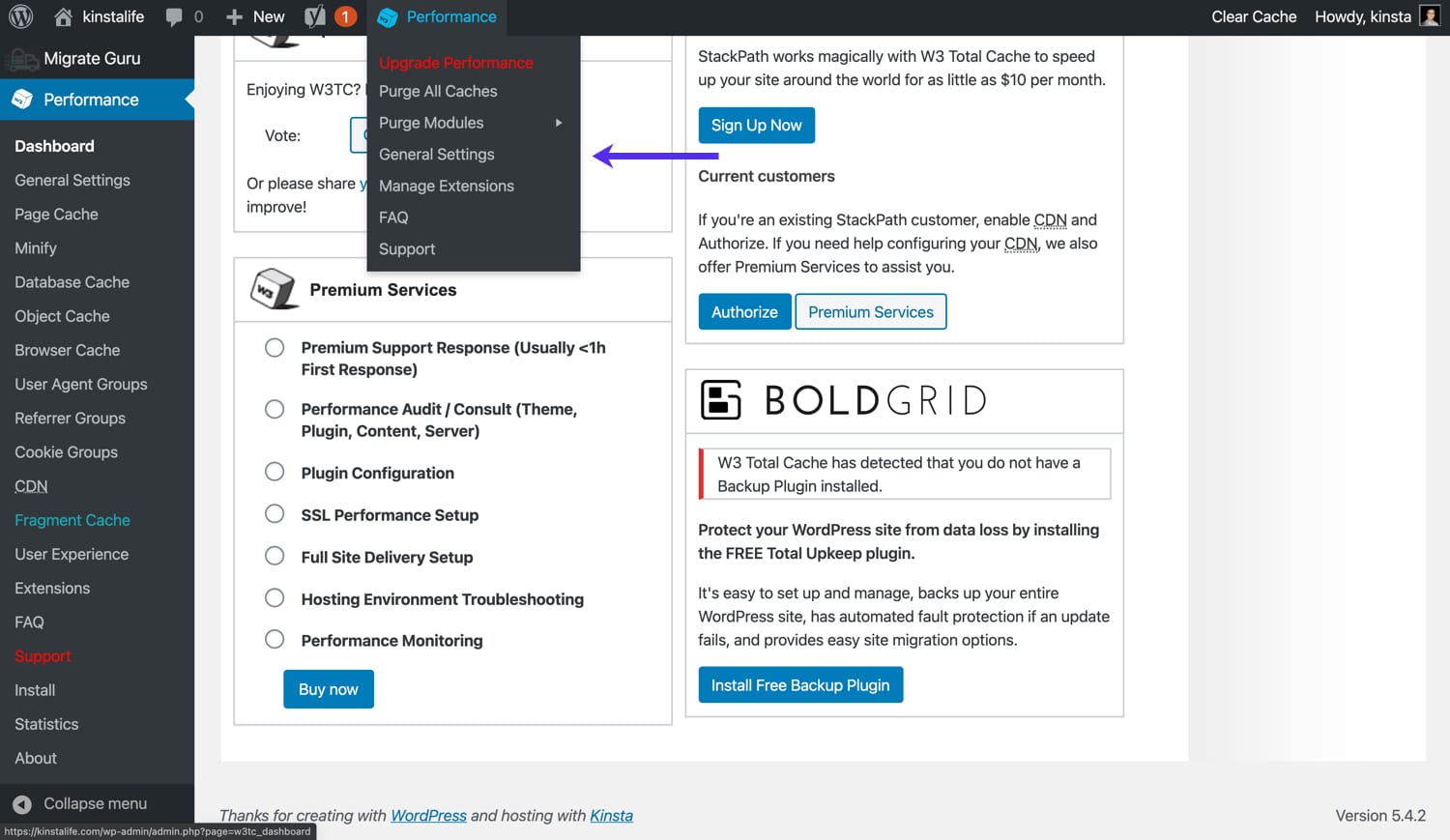Disable WordPress heartbeat API with OR without Plugin
Way to Disable WordPress heartbeat API with OR without Plugin
WordPress is the standard choice for online content management structures. Those who are acquainted with CPanel software and Apache servers know how easy it is to INSTALL WordPress using either 1 Click Installer or manually . WordPress is by default a optimized Hypertext Preprocessor (PHP)primarily based CMS. But nevertheless with time and new additions a number of the features of WordPress which makes CPU exhausted, specifically for shared hosting servers or for those folks who are using loose servers.
To solve this intensive CPU usage WordPress has new features called WordPress heartbeat. The wordpress heartbeat interval is essentially a background script which keeps strolling and is an integral a part of WordPress’ capability. Let’s discover ways to disable WordPress heartbeat API to reduce CPU usage.
what is WordPress heartbeat API?

The name Heartbeat comes from the fact that just like a beating heart which generates a pulse the WordPress heartbeat API additionally generates a pulse i.e. a tick which is associated with extraordinary moves which are completed periodically. WordPress Heartbeat API is JavaScript based totally and it allows WordPress to have cross communication among the server and browser. It was first of all added in WordPress 3.6, it enables in put up revision monitoring, auto saving of posts at the same time as writing and user session management.
How does the heart beat API functions?
The /wp-admin/admin-ajax.php wordpress script is utilized by the WordPress heartbeat API to run AJAX calls. This is very beneficial because it helps WordPress to hold track of everything being executed on the dashboard. But the dark side is that it continues sending requests even if the web page won’t be in use.
How does the problem start?
The trouble starts when the WordPress heartbeat API begins calling the admin-ajax.php wordpress script file frequently, this can result in high CPU utilization.
Even when a person has only logged into WordPress admin dashboard and is working on different tabs or they’ve minimized the WordPress live window then also the admin-ajax.php file is requested again and again after a fixed interval of time.
The quantity of script executions even if doing nothing is pretty high and can cause CPU aid over-usage and can crash the live site. A simple method to this hassle is to disable or selectively disable the WordPress heartbeat API.
How to disable WordPress heartbeat API to lessen CPU usage : The technique.
To disable the heart beat API you need to find the functions.php first. For doing so below steps :
After logging into WordPress dashboard go to Appearance > Editor from the menu at the left hand side.
Now locate the functions.php file
The location to the file may look like : /home/username/public_html/wp-content/themes/currently_active_theme/functions.php
Make a local backup of this file in case anything goes wrong and you may need to revert to previous stable code.
click on it to begin editing it.
Be aware : you can both completely disable WordPress Heartbeat API or you may select to selectively disable it.
Steps to disable WordPress Heartbeat API completely :
Add the following code at the beginning of functions.php just after this tag <?php
add_action( 'init', 'stop_heartbeat', 1 );
function stop_heartbeat() {
wp_deregister_script('heartbeat');
}
The above code disables heartbeat site wide and most of the features of WordPress that had been usually available could not work when this code has been added. However this one promises the maximum decreased CPU usage. Presently, we also use this code and every time when we’re writing and submitting post then we remove code for sometime just to change the post URL before publishing and editing the tags.
Steps to disable WordPress Heartbeat only on Dashboard page (index.php) :
We employ the global WordPress $pagenow variable to determine which page user is presently at. we can make use of a conditional if statement to define the pages on which the WordPress Heartbeat API have to be enabled.
Add the following code at the beginning of functions.php just after this tag <?php
add_action( 'init', 'stop_heartbeat', 1 );
function stop_heartbeat() {
global $pagenow;
if ( $pagenow == 'index.php' )
wp_deregister_script('heartbeat');
}
The above code disables the wordpress heartbeat interval only on WordPress dashboard page. (It only make a moderate difference in CPU usage.)
Steps to maintain WordPress Heartbeat only on post.php and post_new.php pages :
By means of selectively use of if statements we can keep the WordPress heartbeat alive on post.php and post_new.php pages wherein they are needed the maximum. ( This step may be maximum beneficial for most of the WordPress users.)
Add the following code at the beginning of functions.php just after this tag <?php
add_action( 'init', 'stop_heartbeat', 1 );
function stop_heartbeat() {
global $pagenow;
if ( $pagenow != 'post.php' && $pagenow != 'post-new.php' )
wp_deregister_script('heartbeat');
}
By including the above code within the functions.php the heartbeat API would be disabled everywhere except the post.php and the post_new.php pages. This is the best choice wherein you dont want to re-enable and disable it after you are done finishing the task. But the resource usage will still be significant.
NOTE : For you to maximize the efficiency of the above variation of permitting Heartbeat we would endorse you to live logged in only when doing something significant. In case you aren’t using WordPress then it’d be a BEST to log off and work on different task.
So, this is the process of how to disable WordPress heartbeat API to reduce CPU utilization manually without any Plugin,
Steps to Disable WordPress heartbeat API with Plugin
In case you don’t want to manually Disable WordPress heartbeat API without coding, then there is quickest way by using a plugin known as Heartbeat Control.
WordPress Plugin Heartbeat control configuration
Go to Heartbeat Control and install plugin it and activate it.
Then visit Settings -> Heartbeat Control and from the Override Heartbeat frequency dropdown select 60 seconds. Finally, save the settings and that is it.

That’s it, using a plugin known as wordpress heartbeat plugin you can Disable WordPress heartbeat API without coding
Did you like it? If sure, then do remark below.
If you run into a few troubles while the use of those codes then do comment underneath, at Share-ask.com help will always receive to individuals who ask for it!



